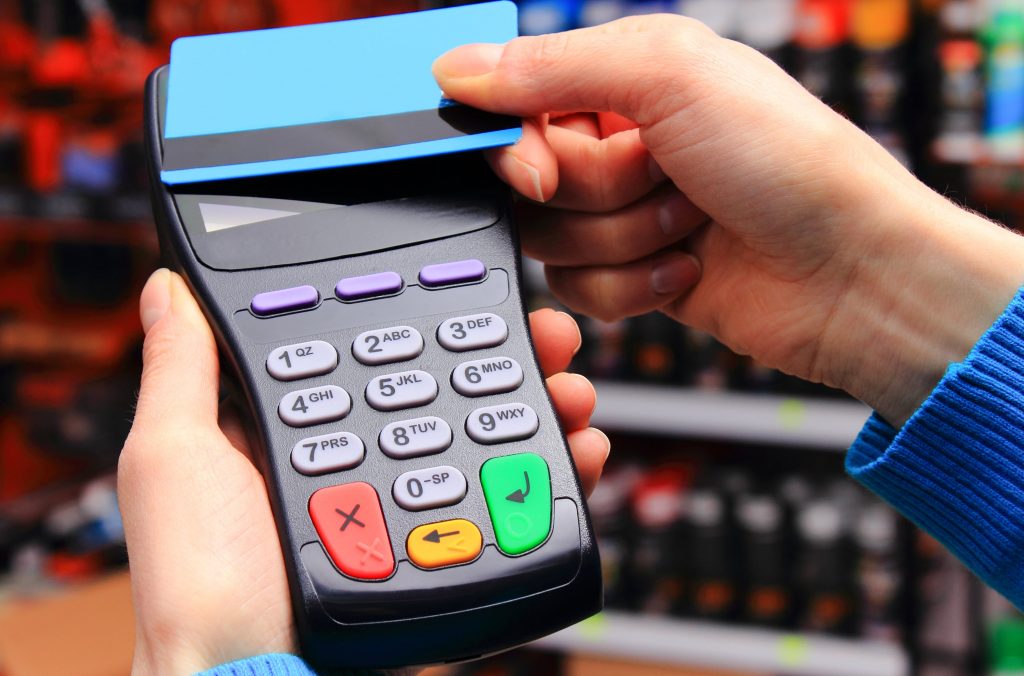Pandemic Has Taken Over Your Grocery Stores!
By Swatil Binte Mahmud, Blogger, Lava Protocols
While disinfecting the groceries I ordered online, it suddenly dawned on me that gone are the days of leisurely browsing the aisles of grocery stores. Since March, I have been ordering my groceries online and it really isn’t as much as fun as a real grocery store!
Some stores are still functioning with limited staff and customers. Now, if you walk into your average grocery store you will see mask-wearing employees, plexiglass barriers at cash registers, one-way aisles, antibacterial wipe dispensers, and everyone maintaining social distancing by standing at least 6 feet apart.
In the US, only 5% of grocery purchases were made online in January 2020. Then, COVID-19 arrived. Almost overnight, grocery stores and other businesses selling essential goods experienced an unprecedented spike in demand. Like me, most customers also turned to digital buying solutions.
Consumers will continue to rely on digital-first shopping and will expect special in-store considerations. Only this time, they will be less forgiving about subpar experiences. While the future is uncertain, digital commerce will be increasingly important for both large grocers and small shops. The Salesforce Commerce Cloud Quick Start for Grocery and Food Service is a tailored, out-of-the-box solution that has everything you need to offer buy online, pickup and curbside experiences.
Here are 5 things that you can apply to your businesses for going forward:
Personalized Shopping Experiences
Post-pandemic, grocery shopping will go from a long-term play where consumers will plan for groceries weeks or months in advance. As purchasing habits will change, grocers will need to deliver personalized experiences to move more shoppers past transactions and build increased loyalty. There are three ways you can do this:
- Artificial intelligence (AI): AI learns from customer data to suggest relevant items based on past and recurring purchases. Connect AI to your customer relationship management (CRM) system to build tailored customer journeys across marketing, commerce, and service.
- Customer surveys: Surveys and quizzes let customers tell you exactly what they want and when they need it. Create email surveys and a section on your site for feedback. Include questions on lifestyle and dietary restrictions to deliver new product options.
- Chatbots: Chatbot usage increased since COVID-19. Besides helping service teams scale, bots can provide curated information for customers. Use bots to set up order subscriptions and recommend products.
Increase Pickup Options
Provide special considerations and services, including special pickup times and delivery options. Take curbside pickup a step further by reserving a certain number of spaces in your store parking lot for pickup. Enable customers with an app to schedule their pickups and match them with a time and zone. Let them add their phone numbers to receive text updates and text ahead of time with a pickup reminder and special instructions. You can also add staff to assist with curbside pickup zones by maximizing self-checkout lanes inside the store. Lastly, be sure to embed service so customers can connect with an associate and ask any questions.
Third-party delivery partners will continue to play an integral role. Therefore, you have to find ways to evolve the partnership to continue to offer at-home delivery options.
Partner with Restaurants for Wider Reach
Restaurants were hit hard during COVID-19 and were quick to collaborate to create new revenue streams. Offer support to the industry or your local small restaurants by using your business as a platform for change. Create strategic partnerships with restaurants to make a positive impact. Co-create digital content such as recipes, how-to, and blogs to increase consumer engagement between purchases.
Empower Associates to Reduce Contact Risks
During the pandemic, store associates, warehouse workers, and delivery drivers became frontline heroes. When stores reopen, your frontline employees will be tasked with even more safety measures to reduce contact and risk. For smaller grocers, this may mean scheduling appointments for at-risk in-store shoppers. For larger grocers, formalizing training on proper safety and social distancing protocol is key for one-to-one interactions.

You can also encourage your shoppers to pay by card and use self-checkout. Safety screens and increased sanitizing can also protect workers.
Change How You Track Inventory
Post-crisis, consumers will have less patience for delays and inconsistencies in your services. To get ahead of expectations, track inventory the day of the order, not the day of delivery. Remove ordered items from the inventory system and keep them in the back of the store or in a dedicated section of your warehouse. If a customer tried to order an item but it was out-of-stock, notify them if it becomes available before their delivery time, so they can add it.
While the future is uncertain, digital commerce will be increasingly important for both large grocers and small shops. So, it’s better if you are prepared!
Lava Protocols is an authorized Salesforce Partner. Need a CRM Platform? Drop us an email to schedule your demo: hello@lavaprotocols.com.

